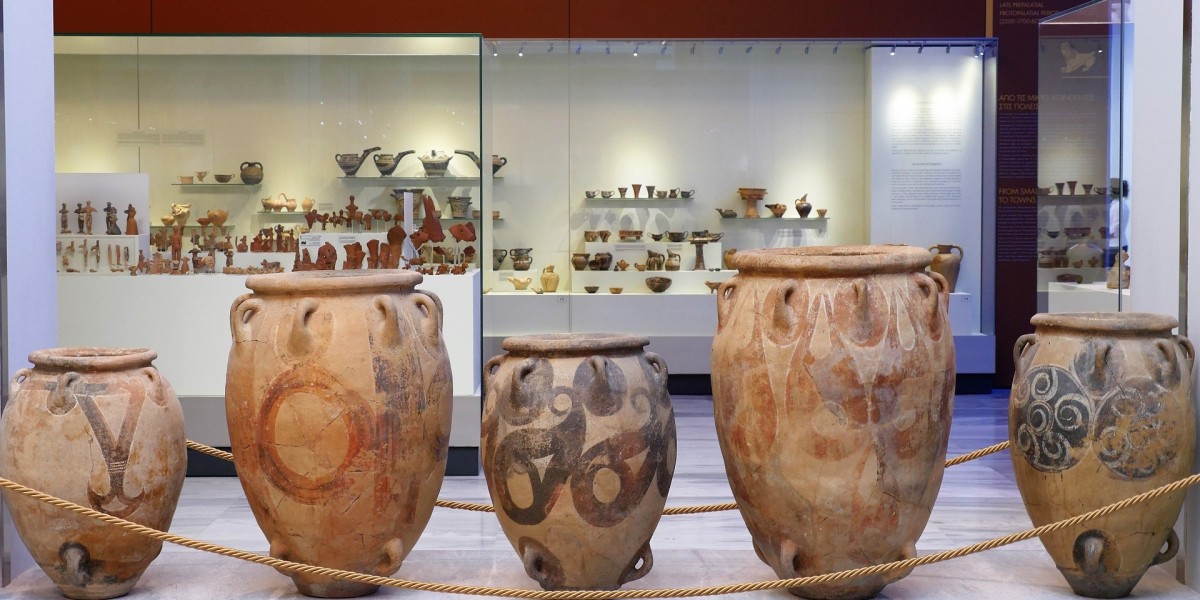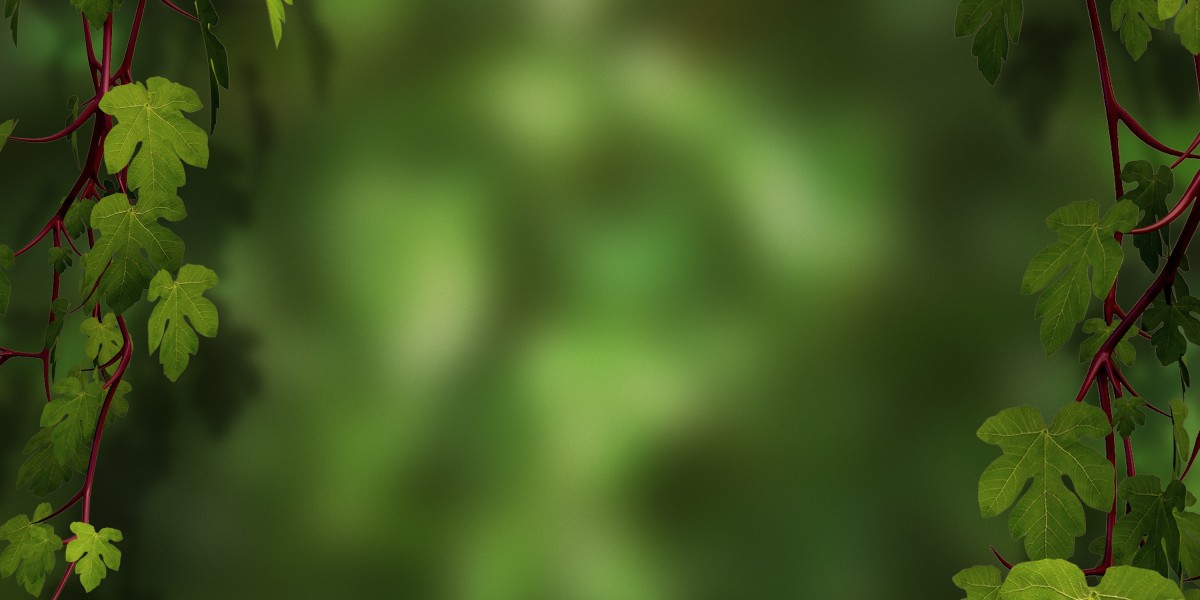The Heraklion Archaeological Museum in Crete, Greece, is one of the most important museums in Europe and the foremost institution for the preservation of Minoan civilization artifacts. Situated in the heart of Heraklion, the capital city of Crete, the museum showcases a collection that spans over 5,500 years of history, from the Neolithic period to Roman times. For history enthusiasts, archaeologists, and travelers passionate about culture, the museum provides an unmatched window into the world of the Minoans, the first advanced civilization of Europe.
In this comprehensive article, we will explore the history, collections, architecture, exhibitions, and cultural significance of the Heraklion Archaeological Museum. We will also provide practical travel tips, highlight the importance of Minoan art, and show why this museum is a must-visit destination. Additionally, we will touch upon the rising interest in property in Greece, especially in Crete, as cultural and historical richness make the island a preferred destination for many international buyers.
The History of the Heraklion Archaeological Museum
The origins of the Heraklion Archaeological Museum date back to the early 20th century when archaeologists began uncovering remarkable Minoan artifacts from Crete’s many excavation sites, including Knossos, Phaistos, Malia, and Zakros. These discoveries revealed the depth and sophistication of Minoan culture, and the need for a central institution to house and display the findings became clear.
The museum was established in 1883 as a modest collection in a small building, but as excavations continued, the need for a larger, more specialized structure arose. By 1937, the current building was constructed, designed by the architect Patroklos Karantinos in a modernist style, which was considered innovative for its time. The museum has since undergone several renovations and expansions, with the most recent one completed in 2014, ensuring state-of-the-art facilities and exhibition spaces.
Today, the Heraklion Archaeological Museum is considered a world-class cultural institution, attracting scholars and tourists from around the globe.
Architecture and Design
The museum building itself is a masterpiece of modernist architecture with functional layouts that allow natural light to highlight the exhibits. Its clean lines and geometric shapes reflect a blend of functionality and aesthetics. Designed to withstand earthquakes—a crucial factor in Crete—it has stood the test of time.
Inside, the museum’s halls are organized chronologically and thematically, guiding visitors through the evolution of Cretan civilization. The exhibitions are spread over 27 galleries, each dedicated to different periods and aspects of ancient life. The design emphasizes clarity, making it easier for visitors to follow the flow of history without feeling overwhelmed.
The Minoan Collection – Heart of the Museum
The Minoan civilization is the museum’s crown jewel. The artifacts displayed here provide unparalleled insights into the culture, religion, art, and daily life of the Minoans. Some of the highlights include:
1. The Snake Goddess Figurines
Discovered at Knossos, these figurines from around 1600 BC depict female deities holding snakes, symbolizing fertility and household protection. They are iconic representations of Minoan religion.
2. The Phaistos Disc
One of archaeology’s greatest mysteries, the Phaistos Disc is a clay disc dating to 1700 BC, inscribed with symbols arranged in a spiral. Its meaning remains undeciphered, sparking debates among linguists and historians.
3. The Bull-Leaping Fresco
This vibrant fresco illustrates the famous Minoan sport of bull-leaping, showcasing the grace, athleticism, and artistry of the civilization. It captures the essence of Minoan ritual and entertainment.
4. The Bee Pendant from Malia
A gold pendant crafted around 1800 BC shows two bees holding a drop of honey. Its delicate craftsmanship highlights the sophistication of Minoan jewelers.
5. Frescoes from Knossos
The museum houses fragments of frescoes depicting dolphins, lilies, processions, and other scenes of Minoan life. These colorful artworks bring to life the aesthetic sensibilities of the era.
6. The Bull’s Head Rhyton
A ceremonial libation vessel shaped like a bull’s head, crafted from black steatite with inlaid shell and rock crystal. It reflects both religious symbolism and artistry.
Beyond the Minoans – Expanding the Timeline
While the Minoan exhibits are the most famous, the Heraklion Archaeological Museum also presents a broader timeline of Crete’s history.
Neolithic Period (7000–3000 BC): Tools, pottery, and figurines show the earliest settlements on the island.
Post-Minoan and Mycenaean Periods: Artifacts reflect cultural exchanges between Crete and mainland Greece.
Geometric and Archaic Periods: Pottery with geometric patterns and bronze figurines reveal evolving artistic traditions.
Classical and Hellenistic Crete: Sculptures, inscriptions, and coins highlight Crete’s integration into the wider Greek world.
Roman Crete: Mosaics, statues, and household objects showcase the island’s prosperity during Roman rule.
The Importance of the Heraklion Archaeological Museum
The museum serves not only as a tourist attraction but also as a center for research and preservation. Scholars from across the globe visit to study the artifacts, contributing to the broader understanding of ancient civilizations.
Its exhibitions help preserve Greek cultural heritage, ensuring that future generations can access and appreciate the treasures of Crete. By presenting artifacts in a clear, engaging manner, the museum also educates the public about the significance of archaeology and the value of cultural preservation.
Visitor Experience
Location
The museum is centrally located in Heraklion, making it easily accessible by foot, car, or public transport.
Opening Hours and Tickets
The museum operates year-round, though opening hours may vary by season. Tickets are reasonably priced, and combined tickets with the Palace of Knossos are available, offering great value for visitors.
Facilities
Modern facilities include a café, bookshop, and accessible areas for visitors with mobility challenges. Guided tours, audio guides, and interactive displays enrich the visitor experience.
Tips for Visitors
Combine with Knossos: A visit to the museum is best paired with a trip to the archaeological site of Knossos. Seeing the artifacts in the museum and the ruins in person creates a complete picture of Minoan civilization.
Allow Plenty of Time: The museum is vast, so set aside at least 2–3 hours for a thorough visit.
Photography: While photography is allowed, using flash is prohibited to protect delicate artifacts.
Best Time to Visit: Early mornings or weekdays are less crowded, providing a more relaxed experience.
Heraklion – The City Beyond the Museum
While the Heraklion Archaeological Museum is a highlight, the city itself has much to offer. Heraklion is a vibrant city blending history with modern life. Highlights include:
Koules Fortress: A Venetian fortress overlooking the harbor.
Historical Museum of Crete: Offering insights into Crete’s more recent history.
Morosini Fountain (Lions Square): A bustling area filled with cafés and shops.
Heraklion Market: A great place to explore local products, crafts, and delicacies.
Crete’s Cultural and Historical Richness
Crete is often referred to as a living museum itself. From ancient palaces to Byzantine monasteries and Venetian fortresses, the island is dotted with sites that tell the story of its diverse past. The Heraklion Archaeological Museum acts as the gateway to understanding this layered history.
Property in Greece – A Modern Connection to History
Greece, with its rich cultural heritage, stunning landscapes, and Mediterranean lifestyle, has become an attractive destination for international property buyers. In recent years, property in Greece—particularly in Crete—has seen increasing demand. Buyers are drawn by the opportunity to live in close proximity to historical landmarks like the Heraklion Archaeological Museum, while also enjoying modern amenities, beaches, and a welcoming community.
From traditional stone houses in picturesque villages to modern apartments in bustling cities, Greece offers diverse real estate options. Moreover, the Greek Golden Visa program provides residency opportunities for non-EU buyers who invest in property, making it even more appealing. For history lovers, owning property in Crete offers the unique chance to live amidst the birthplace of European civilization, blending modern living with ancient heritage.
Why the Museum is a Must-Visit
Unmatched Collection of Minoan Artifacts: The largest and most significant in the world.
Educational Value: Perfect for students, scholars, and curious travelers.
Cultural Significance: A cornerstone of European archaeology and history.
Accessibility: Conveniently located and tourist-friendly.
Gateway to Crete’s History: Complements visits to archaeological sites across the island.
Conclusion
The Heraklion Archaeological Museum is not just a building filled with artifacts—it is a living bridge between past and present. It encapsulates the glory of the Minoan civilization and demonstrates how Crete has influenced the broader Mediterranean world for millennia.
Whether you are an archaeology enthusiast, a traveler seeking cultural enrichment, or a family exploring Crete, the museum promises an unforgettable experience. And for those considering a deeper connection with Greece, perhaps through investing in property in Crete, the island offers the chance to live where history and modern life harmoniously meet.
Visiting the Heraklion Archaeological Museum is more than a cultural excursion; it is a step back into the dawn of European civilization—a reminder of how far humanity has come and an inspiration for future generations.








